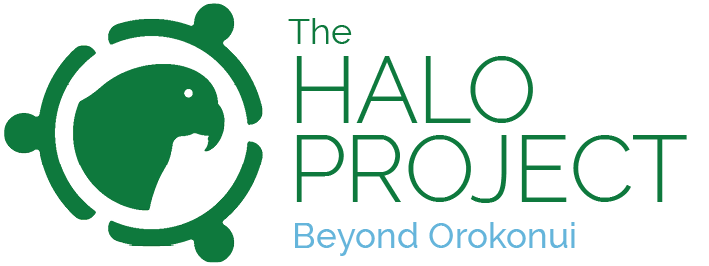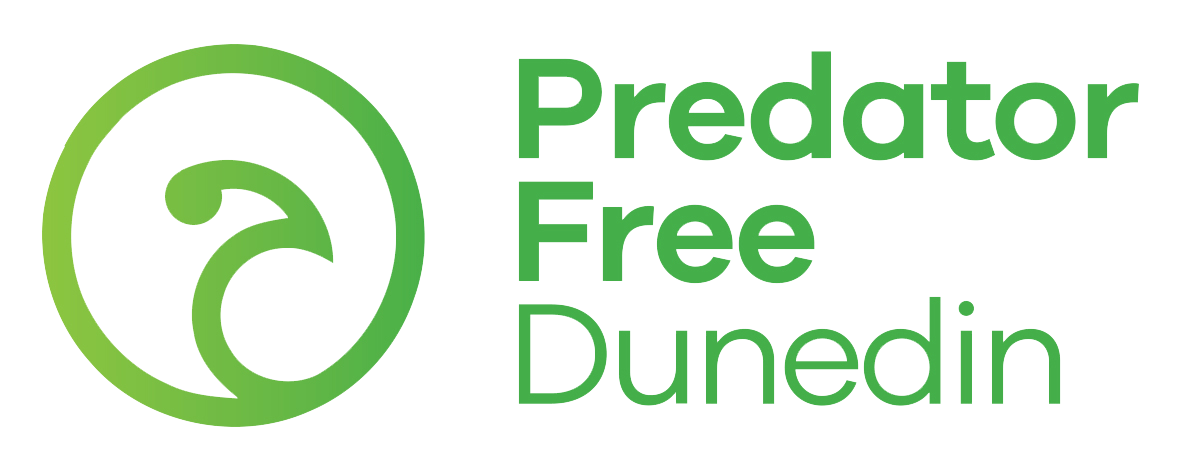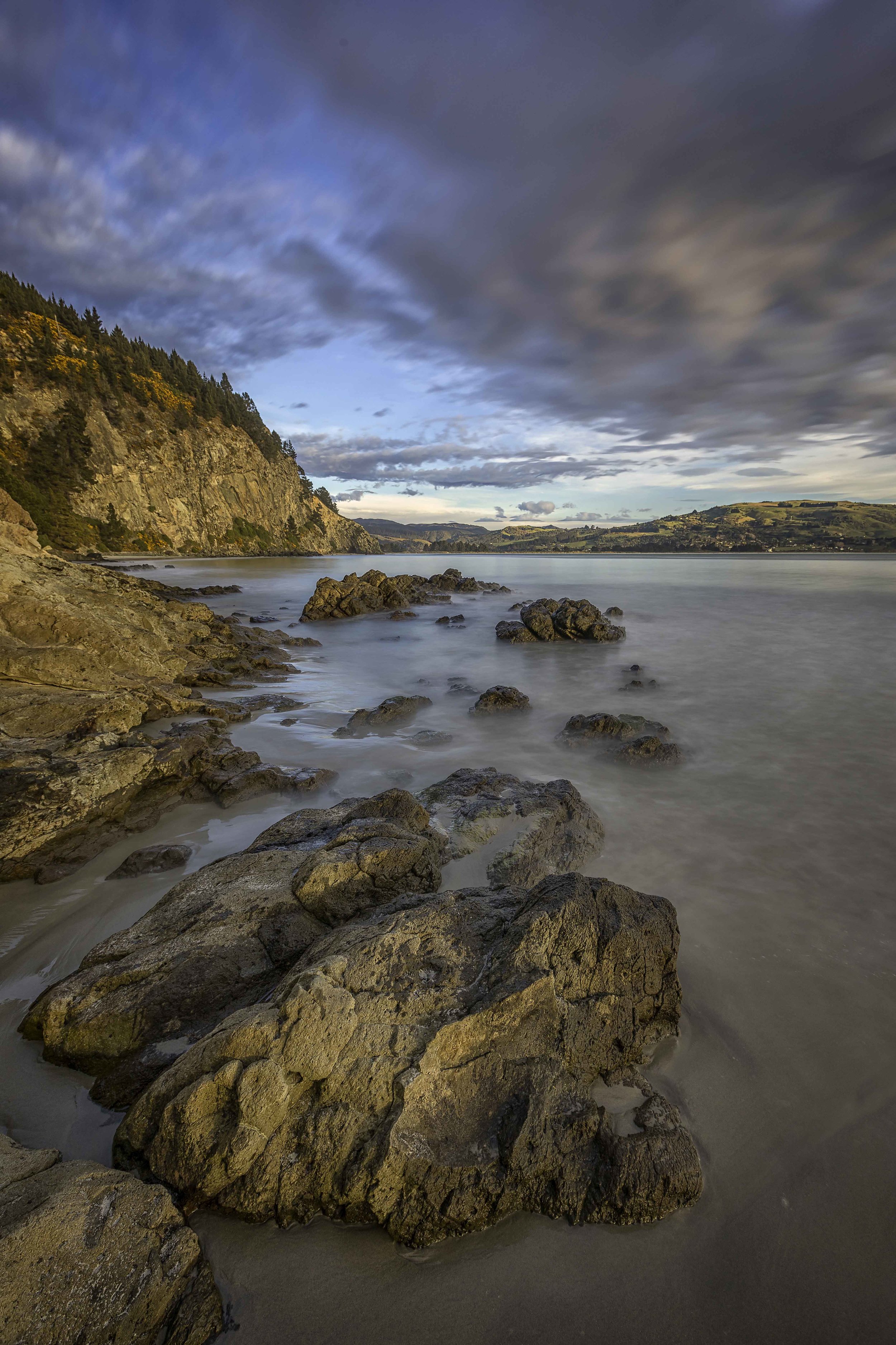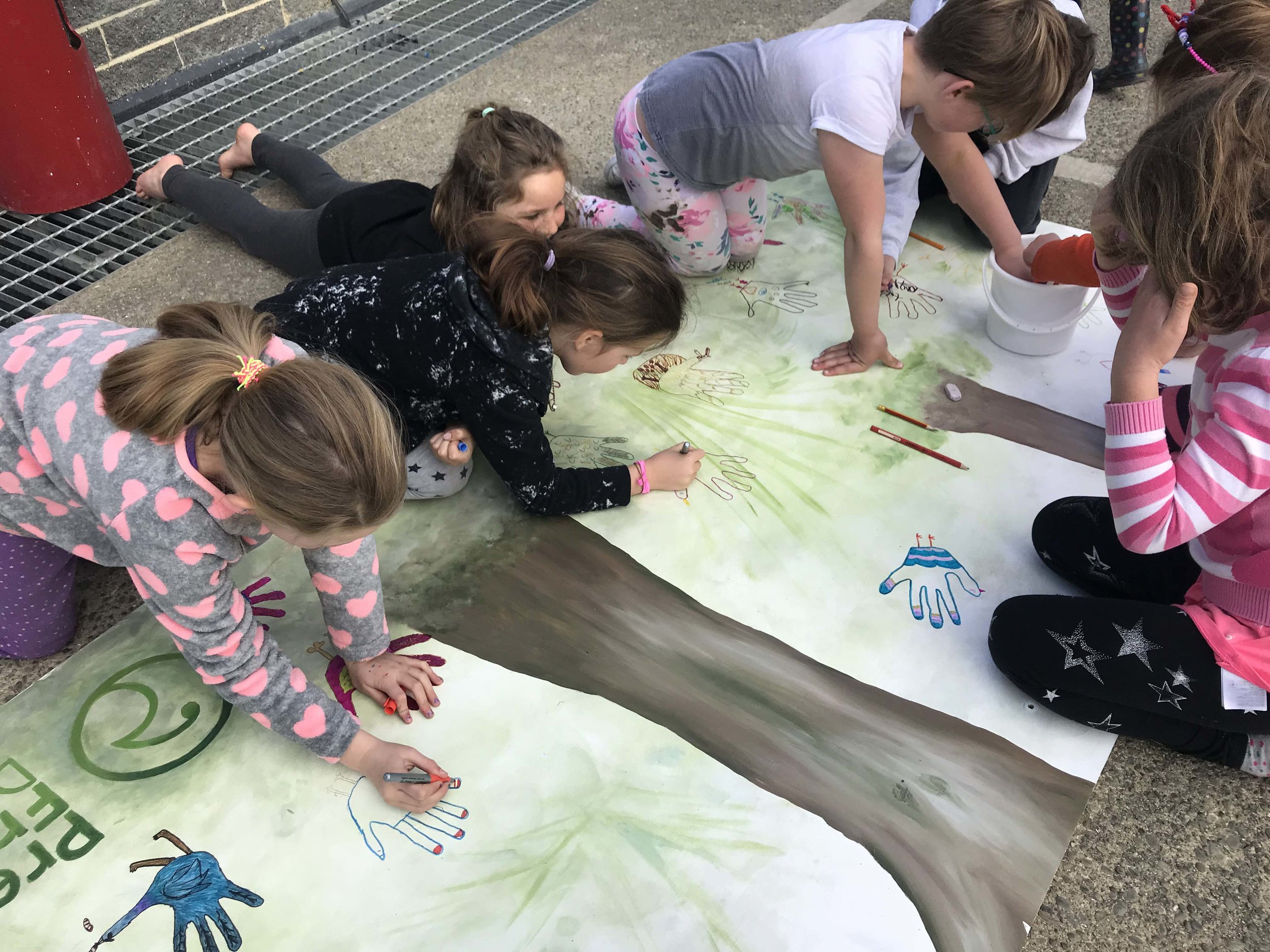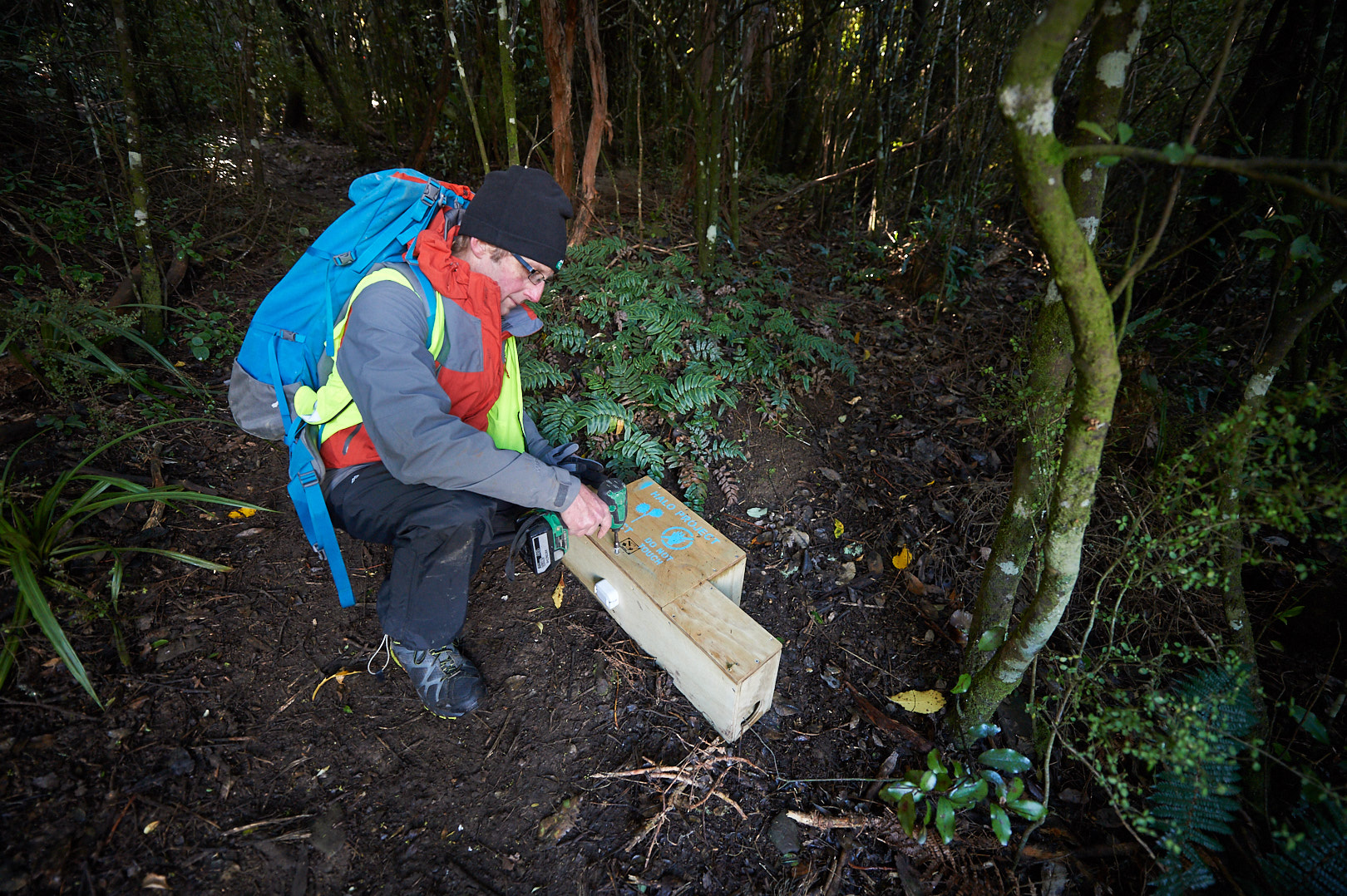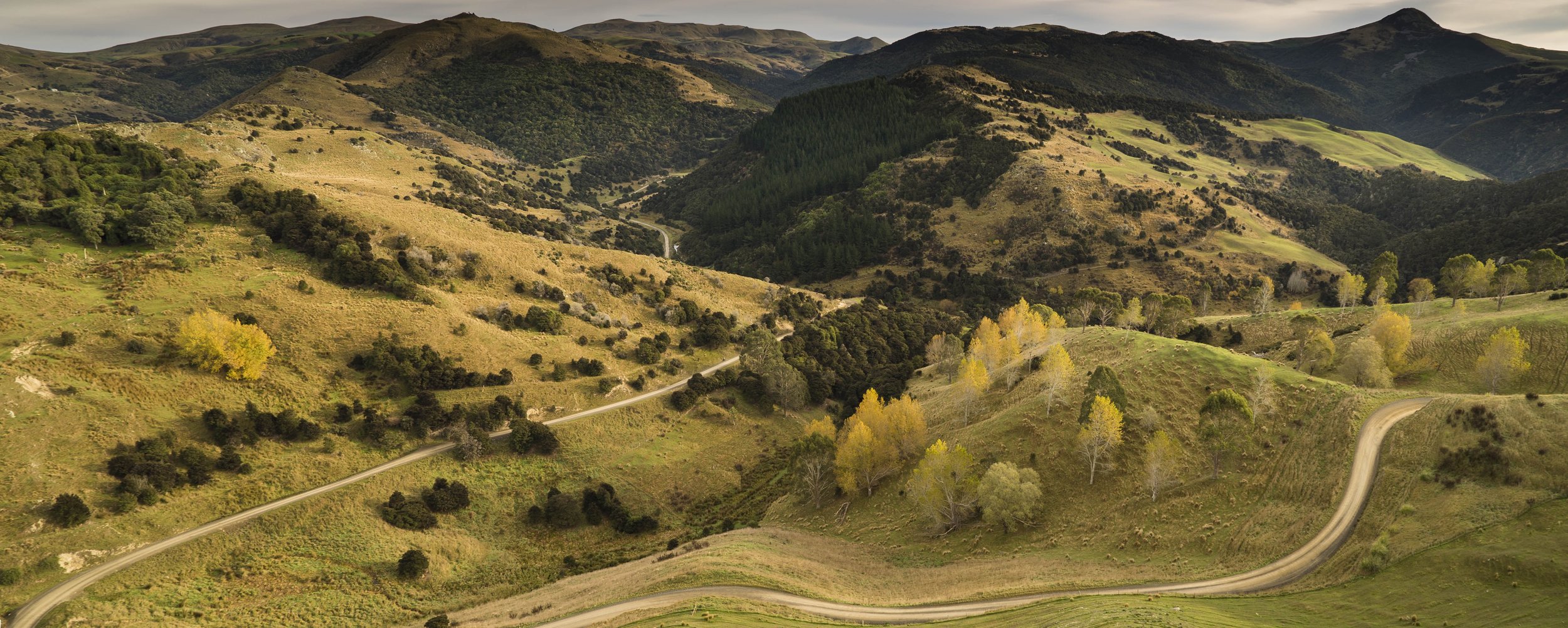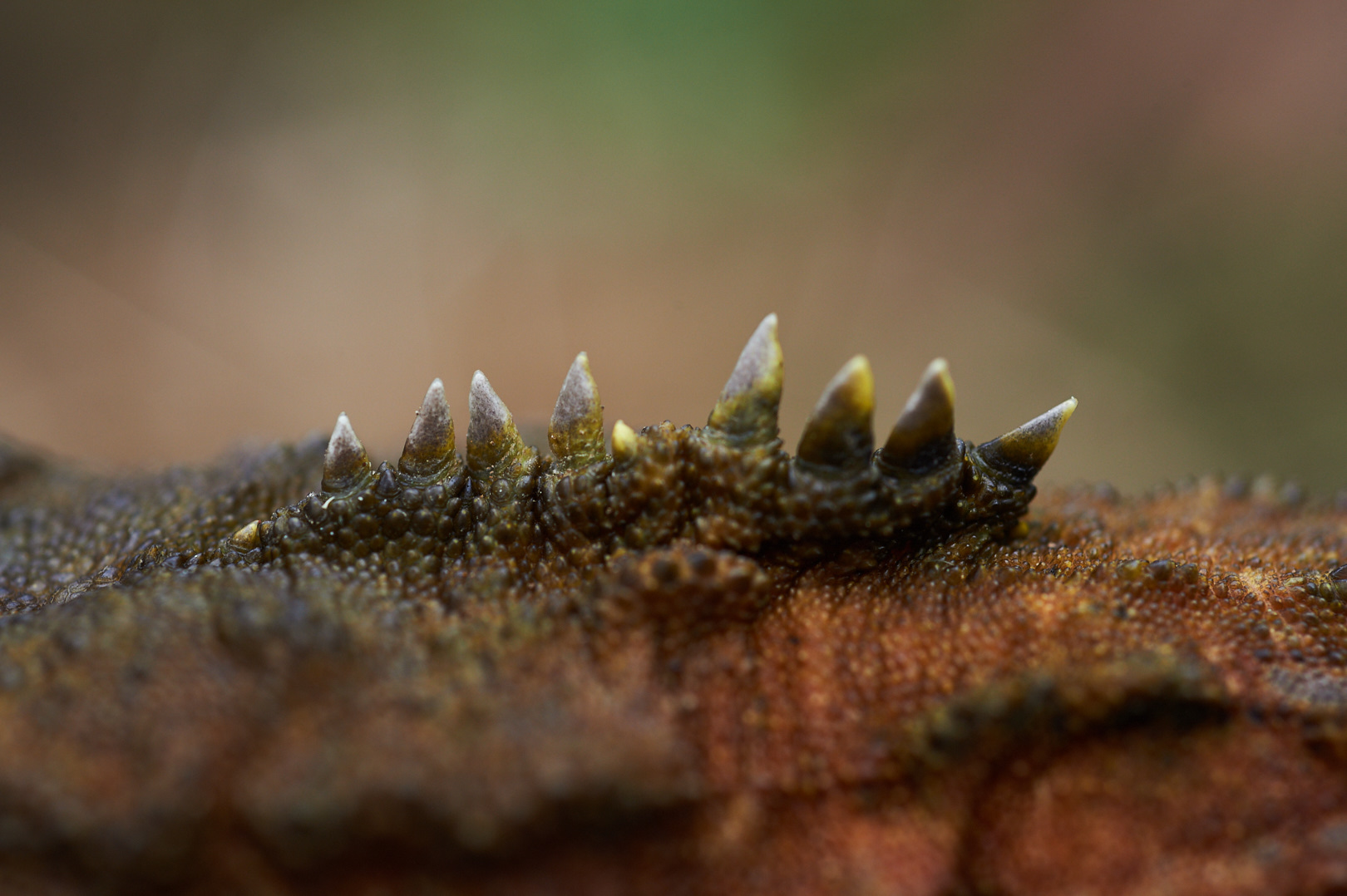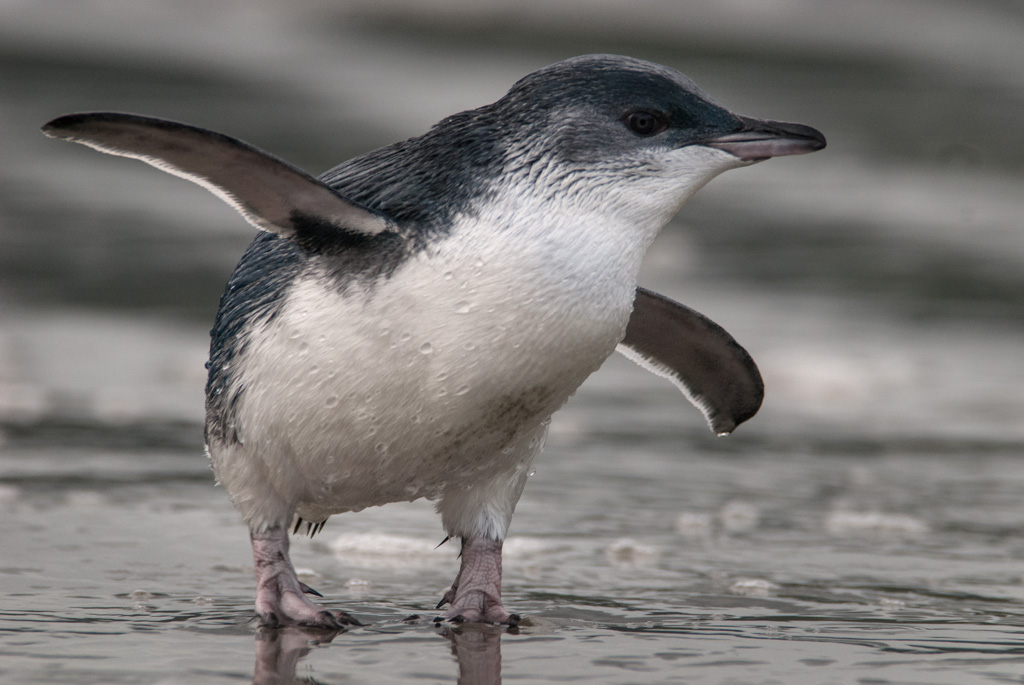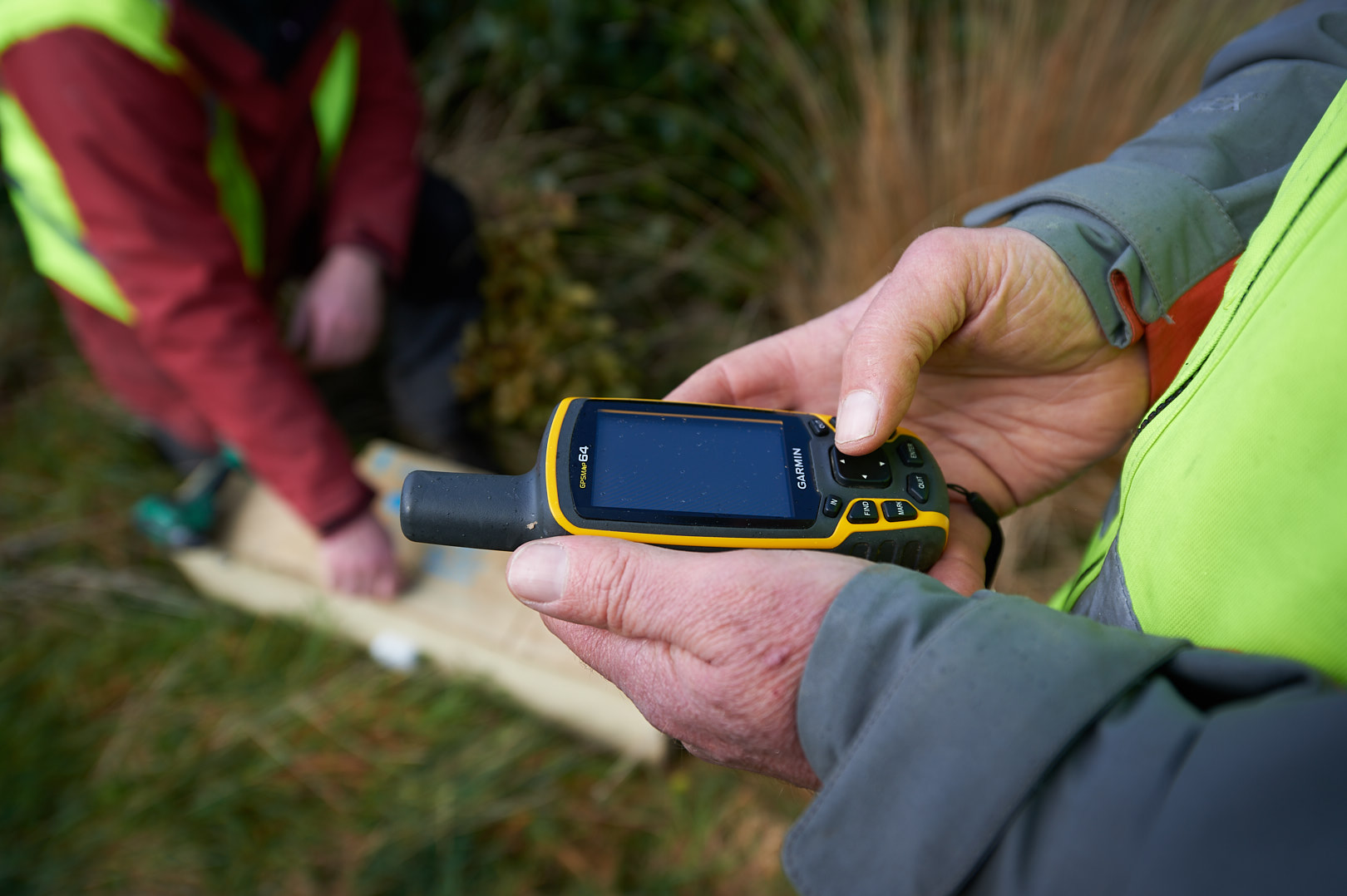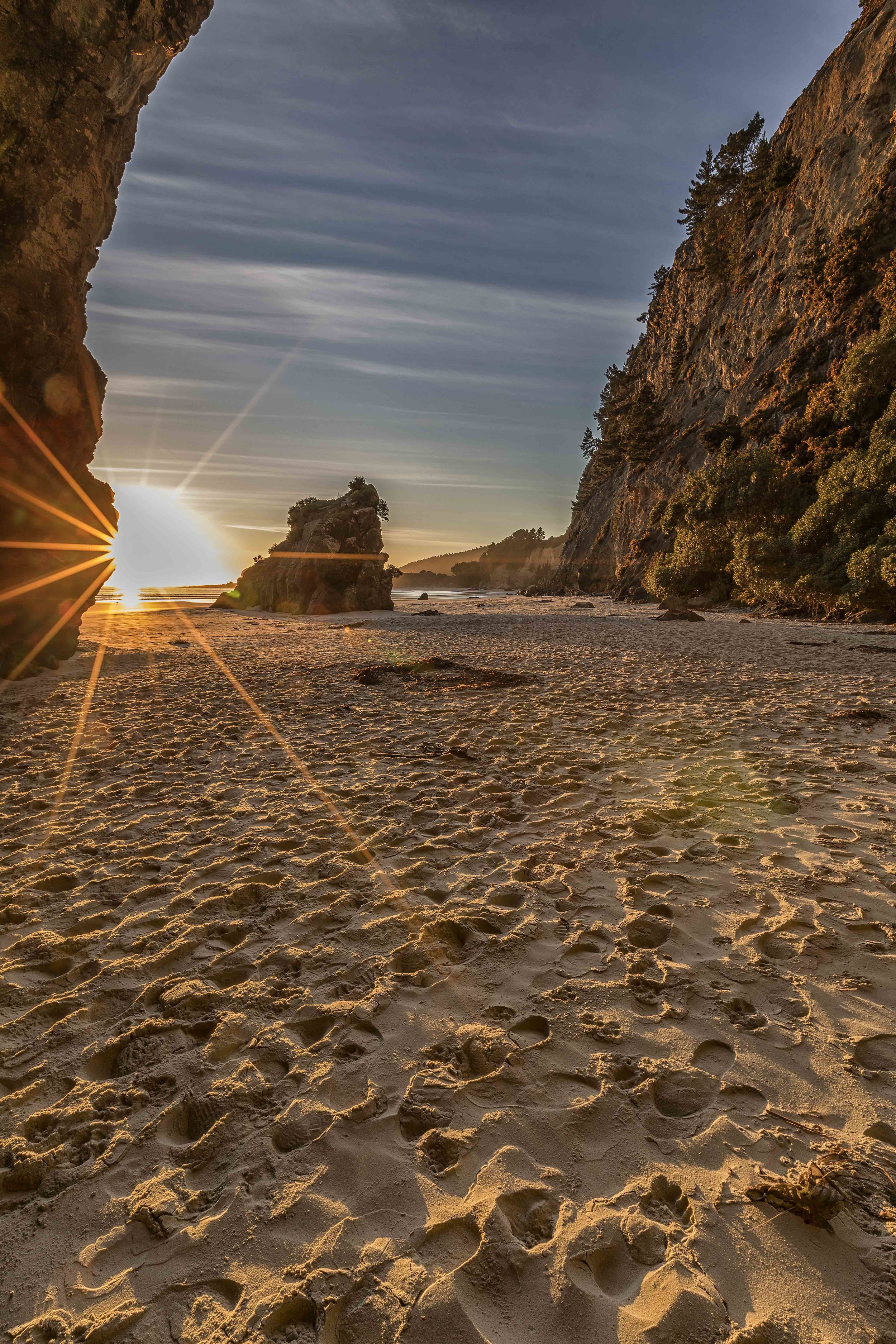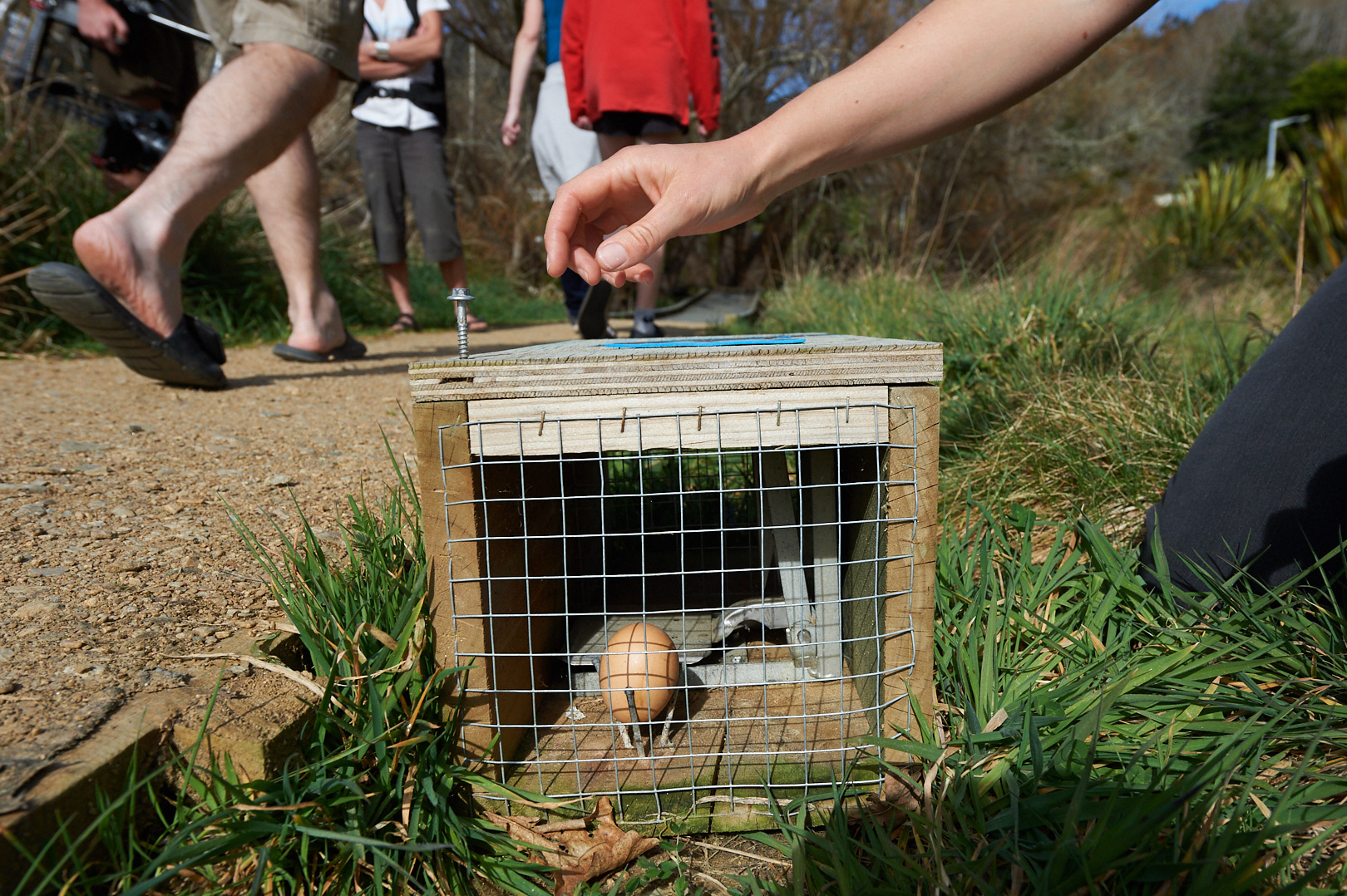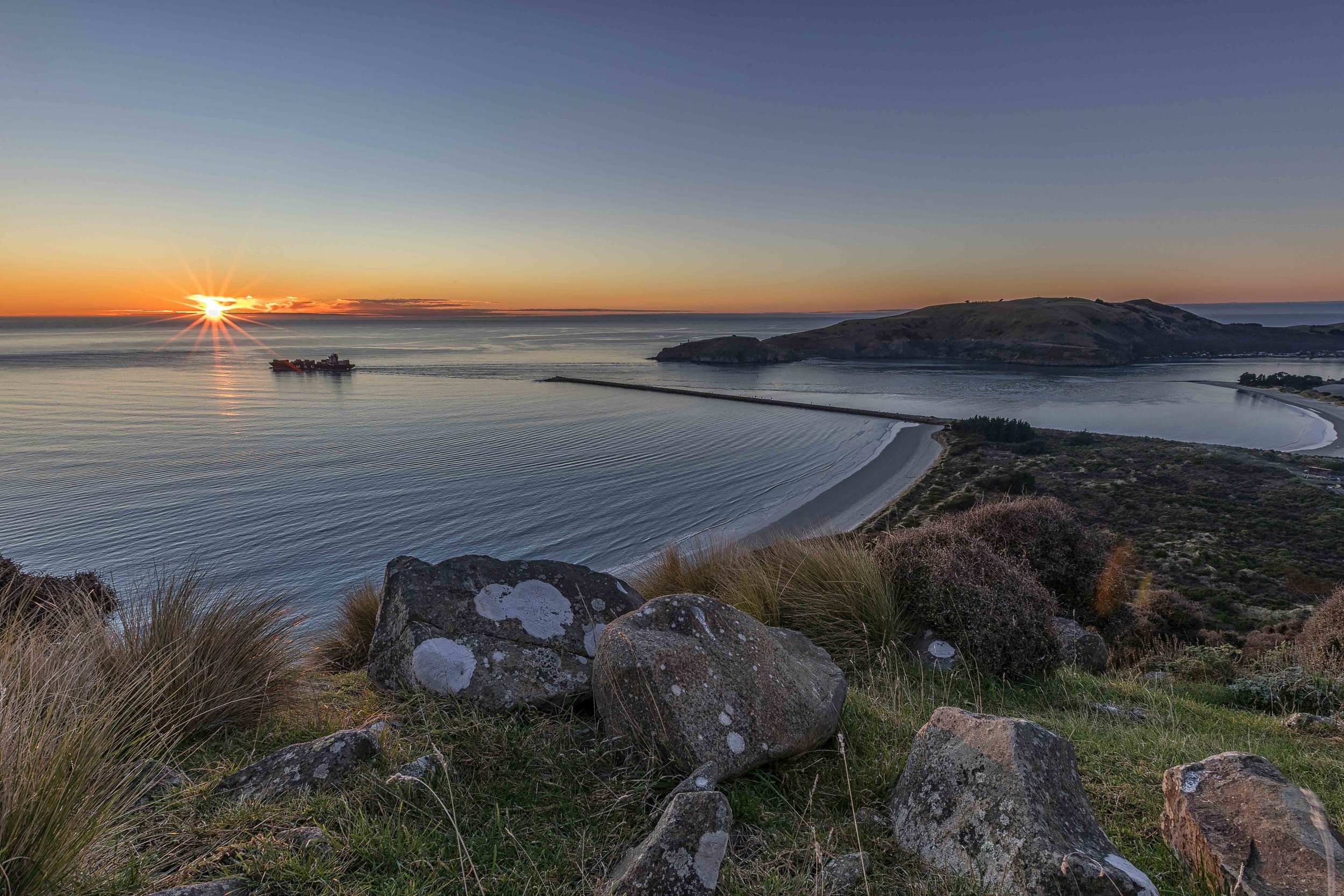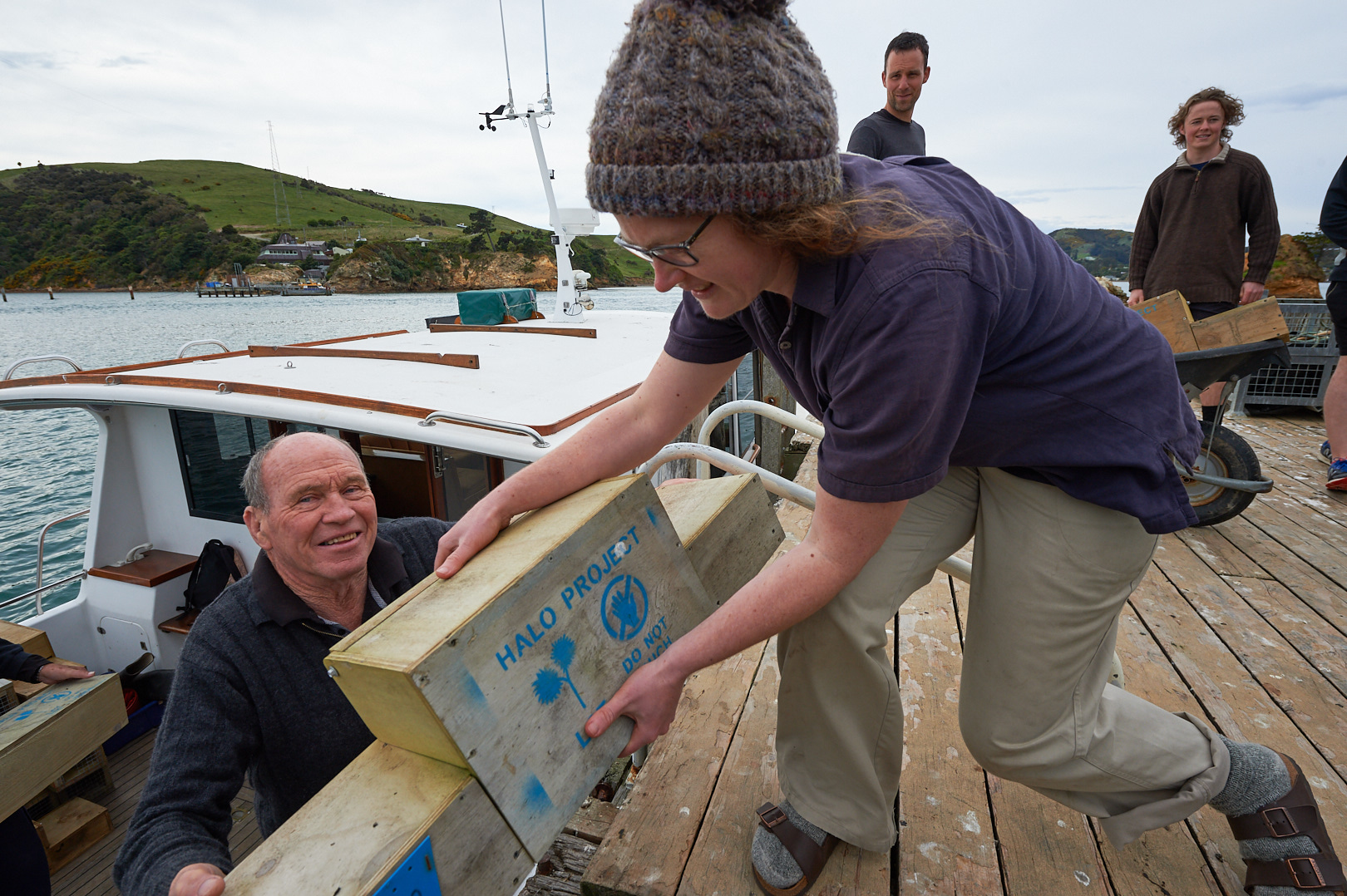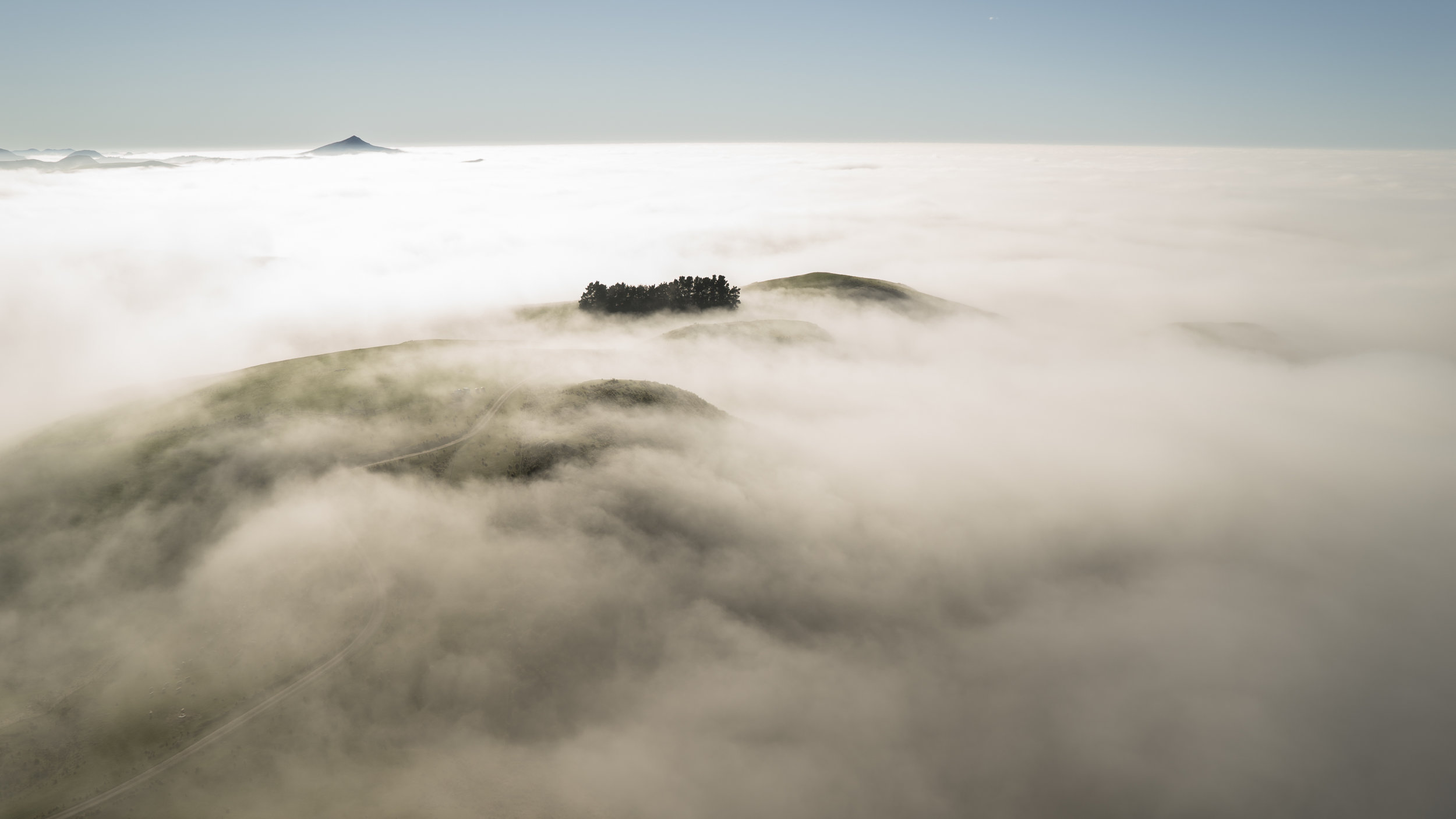Related Resources:
INFOSHEETS:
possums (pdf 1mb)
stoats (PDF 1mb)
RATS (pdf 3mb)
Trapinator Trap (pdf 1mb)
AT220 NZ Autotrap (pdf 2mb)
DOC SERIES traps (pdf 1mb)
Trap NZ Guide
How Safe is My Cat? results summary
Predator control is fundamental to protecting both wildlife and its habitat - Habitat becomes safer & richer in resources for wildlife to thrive.
Predator control helps to connect and engage communities with nature.
Predator control contributes to the economic wellbeing of our farmers - protecting homes and livelihoods, and reducing the threat to herds from bovine tuberculosis.
Since 2016, the Halo Project has been working with the communities which embrace Orokonui Ecosanctuary to provide safe habitat for taoka species as they move beyond the fence. Here, we are protecting wildlife and habitat across 12,500 ha by controlling possums, stoats, ferrets, weasels and rats.
In 2018, The Halo Project became a proud delivery partner of Predator Free Dunedin, delivering possum and mustelid control with funding from Predator Free 2050 Ltd, Otago Regional Council and Dunedin City Council. There are 22 groups signed on to be part of Predator Free Dunedin; working towards the collective goal of making Dunedin safer for native species, giving them the opportunity to thrive throughout the area.
Since then, a major funding boost provided us all with the opportunity to improve the quality of native habitat, our parks and reserves, orchards, farms and forestry by controlling possums across a wider area than ever before.
By working in partnership with communities, organisations and businesses, we can all benefit from widespread and coordinated predator control across the northern Dunedin landscape.
predator free expansion area
In partnership with OSPRI Ltd, DCC, ORC, Wenita Forest Products and City Forests, we are expanding the control of possums across an additional 33,000 hectares, creating a buffer against re-invasion of our Predator Free Zero-Density Zone, centred on Orokonui Ecosanctuary and Mihiwaka.
Map of Predator Free Dunedin’s delivery partner areas: Predator Free Peninsula (Otago Peninsula Biodiversity Group), City Sanctuary (DCC), and The Halo Project Predator Free Zero-Density Zone [kowhai/yellow] and Buffer Zone [karaka/orange]. Orokonui Ecosanctuary is marked in green.
Controlling possums in a buffer zone is an effective way of keeping possum numbers as low as possible in our Zero-Density Zone.
Our aim is to get possum numbers down to nearly zero, and maintain that ‘zero-density’ over the long-term across our Zero-Density Zone. Zero-density means that the number of animals in the area is so low that they can’t reproduce. This is achievable, whereas, eradication is not yet possible on the mainland, outside of a predator proof fence.
With such a reduction in possum numbers we will see more trees flowering and fruiting and lush canopy growth. A healthier canopy can support more birds and lizards which feed on foliage, nectar, fruit, seeds and insects. We’d expect to see growing populations of titīpounamu/ rifleman, kakaruwai/robin and ruru/morepork, geckos, skinks and moths, for example.
Where volunteers are backyard trapping, there will be fewer possums hiding-out in, raiding and fouling gardens and reserves.
Do you live IN the Predator Free Expansion area?
Use this map to explore Dunedin’s predator free areas and boundaries and search your own address. If you live in the Halo Project’s Buffer Zone, we’d love to hear your views.
Possum free partnership with ospri
Possums not only pose a threat to wildlife, vegetation and gardens, they pose a health risk to people and to stock.
Possums are a major vector of bovine tuberculosis (TB), so when the disease was discovered in Dunedin’s cattle and deer herds in 2015, OSPRI Ltd started a possum control programme to eradicate the disease.
OSPRI’s TB free work across nearly 12,500 ha of the Halo Project Zero-Density Zone provided the initial possum population ‘knockdown’ on a landscape scale. We partnered with OSPRI to maximise the benefit by working in residential areas, engaging landowners and recruiting volunteers to trap in backyards and local reserves. Working alongside rural possum control, backyard trapping reduces the area that possums and rats can take refuge in, improving the effectiveness of control across the landscape.
Since the OSPRI knockdown where 20,000+ possums were removed, we’ve removed another 5000+ possums, working toward our goal of practically zero, using a network of smart automatic traps.
Halo Project volunteer installs a Trapinator possum trap in a private reserve, Ravensbourne, Otepoti Dunedin
stoat control on landscape scale
Networks of trap lines, set up and maintained by staff and volunteers, provide stoat control on a landscape scale. With 1,779 traps in place, from Heyward Point to Flagstaff (12,500 ha), we have complete coverage of our Predator Free Zero-Density Zone with, on average, one trap per 7.6 ha. These traps also control ferrets, weasels, rats and hedgehogs - all predators of native wildlife.
The latest funding boost supports stoat control in two ways, by funding our existing network through to 2026, and expanding the area under control to cover Silver Stream and Wenita’s Mt Allan forest, both important wildlife habitats.
Halo Project volunteer deploying stoat traps on Flagstaff, Otepoti Dunedin
Introducing: Predator Free Dunedin (video on YouTube, created 2018).
community groups involved with the Halo Project
The Halo Project provides support and guidance to local predator trapping groups. These were the first three groups we helped:
Graham’s Bush team
A small group of dedicated community members came together in 2017 and designed and implemented a successful trapping programme including 15 mustelid/rat traps.
Pūrākaunui group
Established in 2017, the Pūrākaunui trapping group has an extensive trapping programme which includes 22 active mustelid/rat traps, 33 possum traps and 20 rodent traps.
Orokonui Estuary crew
Along the Orokonui Estuary reserve track 19 mustelid/rat traps have been capturing predators since 2017.
IS YOUR CAT A HALO CAT?
Responsible cat ownership is the best way that your cat can be a Halo Cat. We support this by providing free microchips and cat registration for 200 companion cats.
According to the Vets Association of New Zealand (VANZ), responsible cat ownership means: Microchipping and NZCAR registration; Desexing to prevent overpopulation and unwanted cats; Avoiding negative impacts on other people, animals and the environment.
VANZ recommend cat lovers should:
keep your companion on your property
protect native wildlife by using deterrent collars, curfews, confinement and the use of cat aviaries.
ensure cats poo at home to prevent the spread of diseases.
A Halo cat is microchipped, lives indoors and is happy and healthy
HOW MICROCHIPPING YOUR CAT HELPS
If your cat goes missing, having it microchipped and registered with NZCAR will help reunite you with your cat. Councils, vets and the SPCA have microchip readers which quickly identify the owner's contact details.
In the future we would like to undertake multi-species predator control in areas of high conservation value within the Zero-Density Zone around Orokonui Ecosanctuary. In the unlikely event your cat gets caught we want to be able to return it to you as quickly as possible.
You can read more information about microchipping cats and reducing their impact on wildlife in our Halo cat brochure.
FREE MICROCHIPS FOR COMPANION CATS
We’ve worked with the Otago Polytechnic School of Veterinary Nursing to run free clinics specifically to microchip cats. We’ve also teamed-up with Vetlife Waikouaiti who will insert the microchip for only $20.
How Safe is my Cat?
In 2016 & 2018, classes at Sawyers Bay School, Port Chalmers School and St Leonards School researched how pets interact with traps that have been specifically designed to catch possums, stoats and rats. The children made predictions about what their pets might do around the traps and then put out dummy traps (trap housing with un-set trap inside) in some backyards, with motion-sensitive cameras filming what their pets actually did.
The trap housing is designed so that pets can’t get into the actual trap mechanism, even if they are interested in it. The footage from this study showed that cats quite liked to use the trap boxes as perches, but couldn’t get in to the actual traps – especially with our modifications that make the traps extra pet safe.
Pet safety around traps is very important and when the appropriate type of trap is used in the right way, we can catch wild predators whilst keeping our pets safe.
Shogun sits on the DOC 200 trap housing
Room 4 kids at Port Chalmers School with their Halo Project posters
